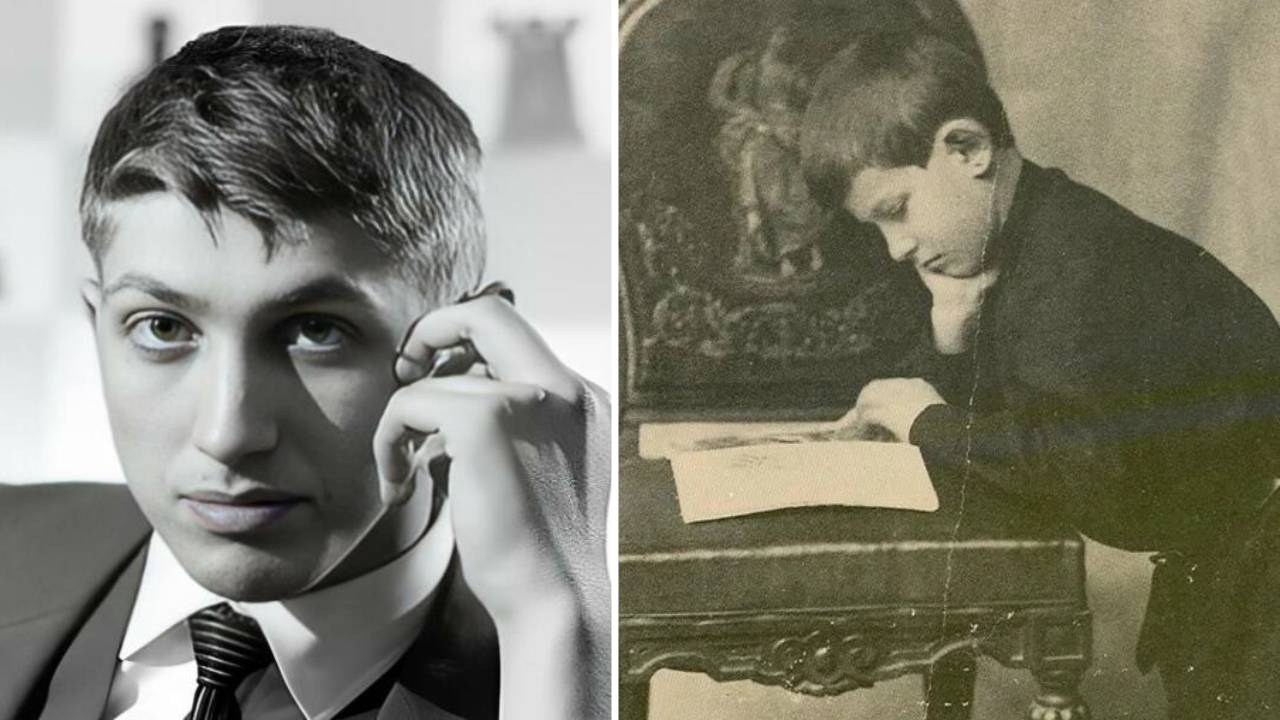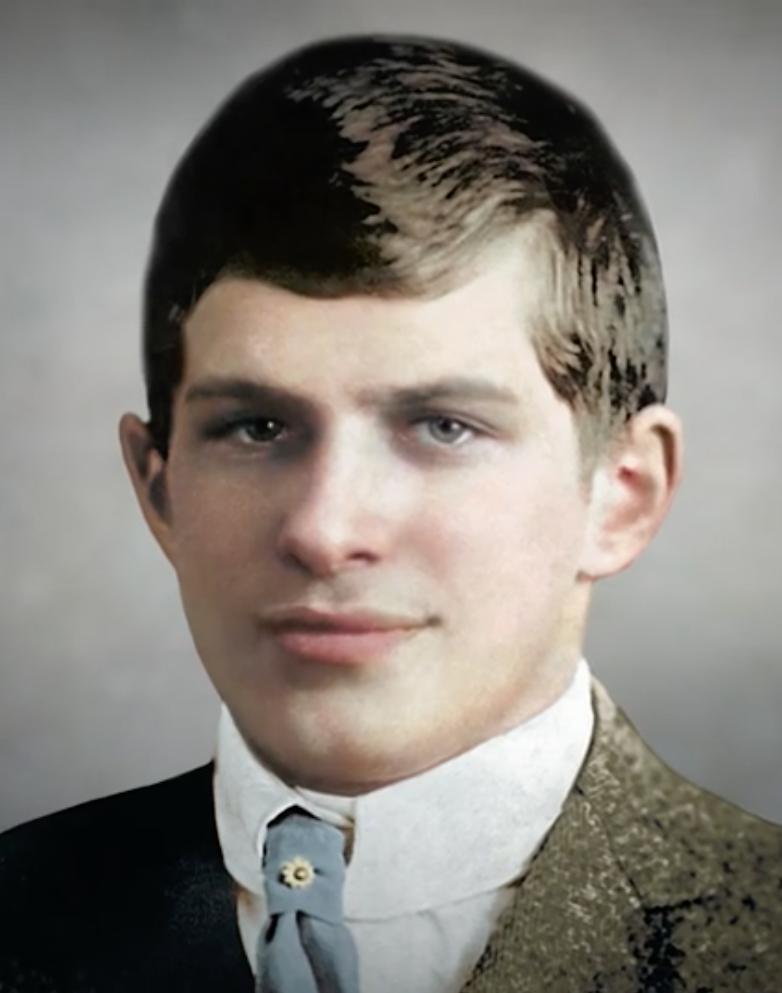
He entered Harvard at the tender age of 11, a polyglot and author of several books. Despite facing adversities, the fascinating journey of William James Sidis has captured the attention of researchers and admirers alike due to his prodigious talent.
WILLIAM JAMES SIDIS, THE BRIGHTEST MAN

History seems to repeat itself, but it is unlikely that another figure as unique as William James Sidis will emerge. During his brief existence, his innate talent was overshadowed by a series of unfortunate events, perhaps the price that some of history’s most prominent geniuses have had to pay.
Born on April 1, 1898, in New York to Ukrainian-Jewish immigrant parents, Sidis exhibited exceptional learning and information processing abilities from an early age. He stood out as a genuine child prodigy, displaying extraordinary skills in mathematics and mastery of various languages.
From his early years, his parents, Sarah Mandelbaun, a physician, and Boris Sidis, a psychologist, fostered his intellectual development, teaching him to read at eighteen months. At the age of two, it is said that he was already reading the pages of the New York Times.
At the age of four, he wrote his first story in French, and at five, he developed a formula to determine the day of the week for any historical date. By seven, he invented his own dialect, “vendergood,” and at eight, in addition to his native language, English, he already mastered eight languages, including Latin, Greek, French, Russian, German, Hebrew, Turkish, and Armenian.
William James Sidis excelled by passing the third grade of primary school in just three days and wrote four books between the ages of 4 and 8, two on anatomy and two on astronomy. Before turning ten, he was accepted into the prestigious MIT, and at the age of 11, he entered Harvard University, becoming the youngest student in the institution’s history and an expert in applied mathematics. At 16, he graduated in medicine.
A UNIQUE INTELLIGENCE QUOTIENT

Although serious IQ tests were never conducted on him during his lifetime, various scientific sources consider him the smartest person in history, with an estimated IQ between 250 and 300. Among his notable achievements is his mastery of nearly 40 languages.
In a 1977 study, psychologist Kathleen Montour suggested that, as a special student at Harvard College, William James Sidis gained national attention in 1910 by delivering a lecture on advanced mathematics to the Harvard Mathematical Club. However, Montour argues that he “felt compelled to challenge his father’s efforts to make him an ideal man, abandoning the academic world to work in an office.”
Montour labeled this belief as the “Sidis fallacy” to argue that special or accelerated education was not an obstacle to talent development, comparing Sidis’s case with that of Norbert Wiener (1894-1964).
THE TROUBLED END

After his time at MIT, William James Sidis sought to avoid public attention and immersed himself in various jobs, opting for a quieter lifestyle dedicated to writing, philosophy, and social activities. His adulthood was less conventional, marked by privacy issues and public ridicule.
According to a 2011 study by researcher Stephen Bates, in 1937, an article in The New Yorker humiliated William James Sidis, describing him as an “eccentric failure.” Sidis sued the magazine, leading to a historic ruling in the United States on invasion of privacy.
Despite this, Bates’s research suggests that the press of the time did not treat Sidis fairly. Analyzing the content of The New Yorker article and other news about William James Sidis, Bates identifies “anti-intellectualism, including disdain for Sidis’s masculinity, as well as a lack of consideration for psychology experts.”
He spent his later years avoiding his parents, in love with a woman he could not speak to, as he never had a romantic relationship. Overwhelmed by the press and questioned by society, he refused to enlist in the military during World War II, declared himself an atheist and leftist, participating in controversial political marches.
During one of these marches, he met Martha Foley, an Irish activist whom he fell in love with. Drawn to his apparent loneliness, Foley approached him, breaking Sidis’s shyness and striking up a conversation, even though he, in the presence of a woman, couldn’t articulate a word. Sidis found in Martha what was denied to him due to the strict upbringing he received at home and enjoyed a brief happiness.
However, his father forbade him from seeing her further, and although Sidis complied, he also stopped visiting his father. He secluded himself in his apartment until he suffered a stroke and passed away on July 17, 1944. He was found a week later, with a photograph of Martha Foley among his belongings.
